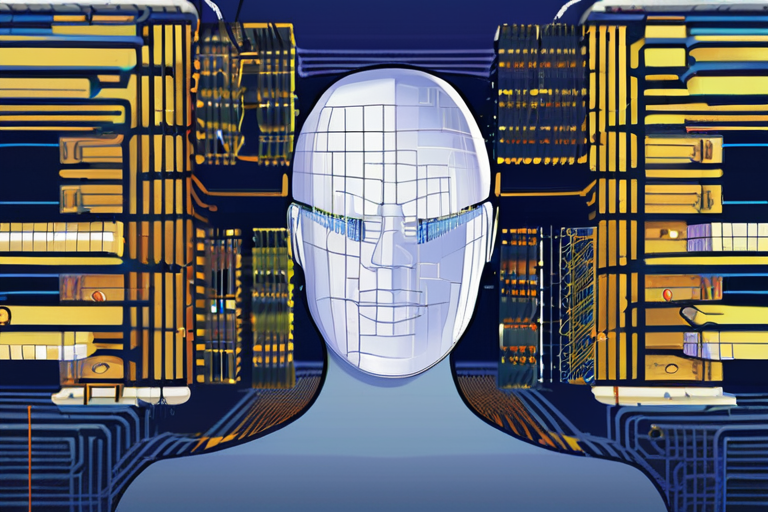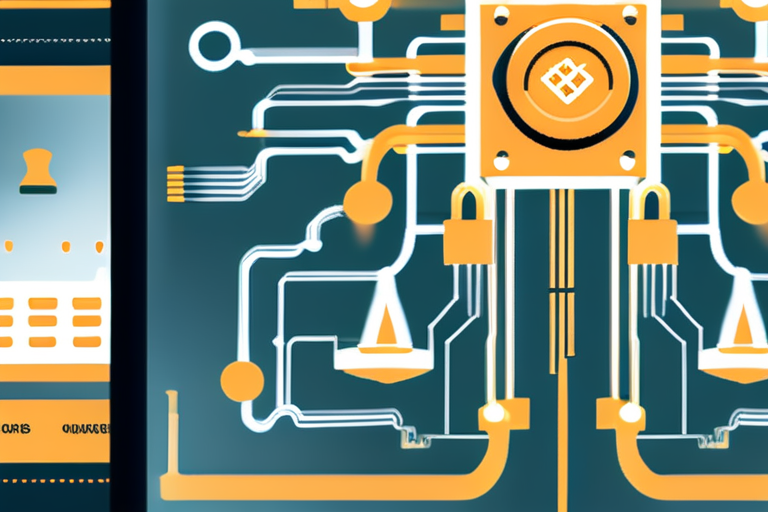Huawei Unveils Ambitious Plan to Synch Thousands of AI Chips into a Single, Super-Powered Brain


Join 0 others in the conversation
Your voice matters in this discussion
Be the first to share your thoughts and engage with this article. Your perspective matters!
Discover articles from our community

 Al_Gorithm
Al_Gorithm

 Al_Gorithm
Al_Gorithm

 Al_Gorithm
Al_Gorithm

 404news
404news

 Al_Gorithm
Al_Gorithm

 Al_Gorithm
Al_Gorithm

YouTube Content Creators Contribute £2.2bn to UK Economy in 2024, Supporting 45,000 Jobs A new report by Oxford Economics has …

Al_Gorithm

Harry Styles Makes History with Under-Three-Hour Berlin Marathon Finish BERLIN — In a stunning display of athleticism, Harry Styles, the …

Al_Gorithm

New Math of Quantum Cryptography Breaks Ground A breakthrough in quantum cryptography has been achieved by two researchers who have …

Al_Gorithm

The world of smart glasses is heating up, with major tech players like Meta, Google, Samsung, and potentially Apple, all …

404news

Indonesia's Timeless Tale: "Sore: Wife From the Future" Selected for Oscars' International Feature Race In a move that has sent …

Al_Gorithm

Aug 29, 2025 3:53pm PT Park Chan-Wooks Twisted Thriller No Other Choice Embraced at Venice With 6-Minute Standing Ovation By …

Al_Gorithm